Michigan Central Station |
|
|---|---|
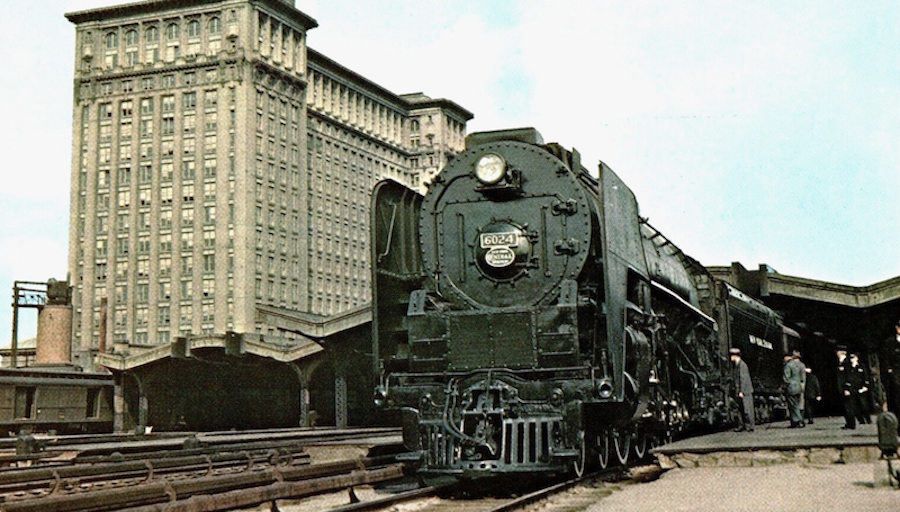 (Ed Novak photo / postcard image)
| |
|
Michigan Central Station has had a commanding view of Detroit's southwest neighborhoods since
the first day its doors opened in 1913. Designed by architects Warren & Wetmore of New York
and Reed & Stem of St. Paul, Minnesota. The two firms had teamed previously to design Grand
Central Terminal in New York City. The new train depot and adjoining 18-story office-tower
complex was the second downtown Detroit railroad station to be named MCS. Fortunately the
new facility was already under construction at the time fire destroyed the original. The
1906 construction of a new Detroit River Rail Tunnel weighed heavily in locating the MCS
complex. The underwater connection between Detroit and neighboring Canada was intended to
increase and speed commerce of all types.
Passenger trains from three different railroads used Michigan Central Station during the early 1960s: Baltimore & Ohio, Canadian Pacific and MCS-owner New York Central. Rail passenger traffic in and out of Detroit had been in decline long before the advent of Amtrak service on 1 May 1971; however, the national rail passenger network's arrival hastened the downward trend. The last Amtrak train to exit the one-time Detroit landmark was westbound Train 353 to Chicago on 5 January 1988. Consequently, the depot's survival was in question for three decades and neglect transformed the once bustling transportation hub into a national image representing urban decline. In June 2018, Ford Company entered the picture and a whole new chapter began to unfold for the historic structure. With the automobile company's purchase, there came plans to transform the old station into a 30-acre development for urban transportation mobility innovation that would also include office space for 5000 people and pedestrian districts. |
|
Decades of Uncertainity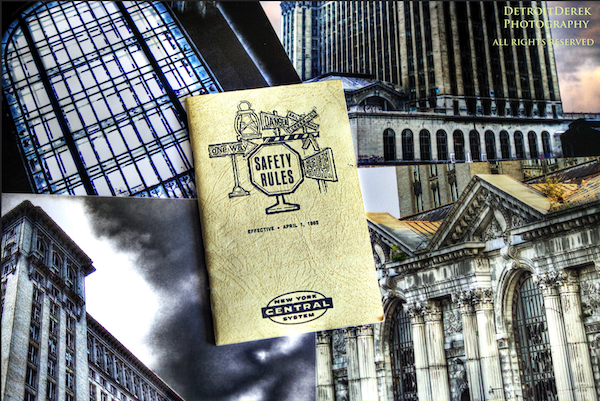 Located a long-way from Detroit's central business district, the historic Michigan Central Station stood vacant for thirty years. Although community leaders considered many proposals to save the venerable building, none ever came to fruition. (DetroitDerek photo) Detroit's Other "Renaissance"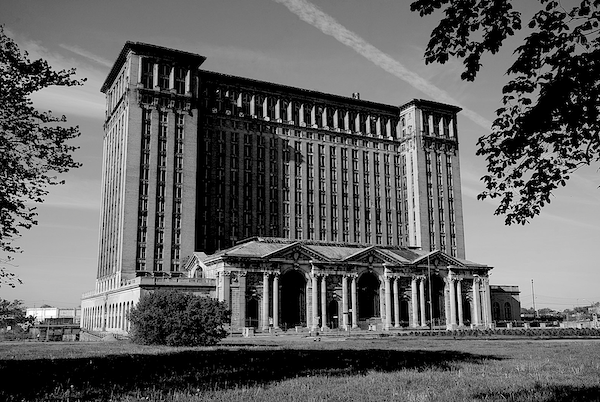 In recent years, Ford Motor Company has invested heavily to recapture the building's original "Beaux Arts" style and transfrom the 18-story structure into an important corporate development. The "new" facility will also be a catalyst for future community growth. (Albert Duce photo) | |
Electric Tunnel Motors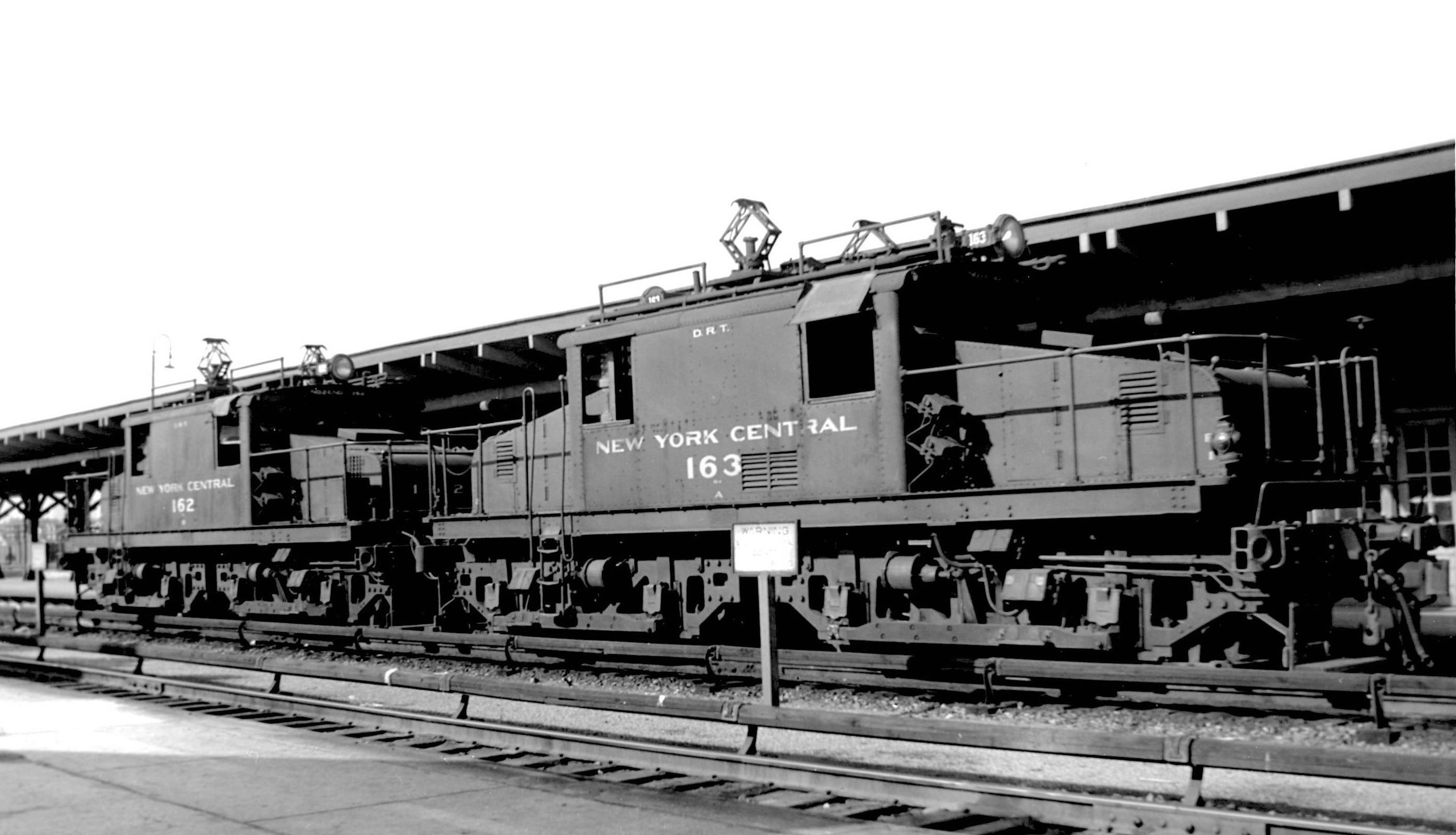 |
Hudson Steam Power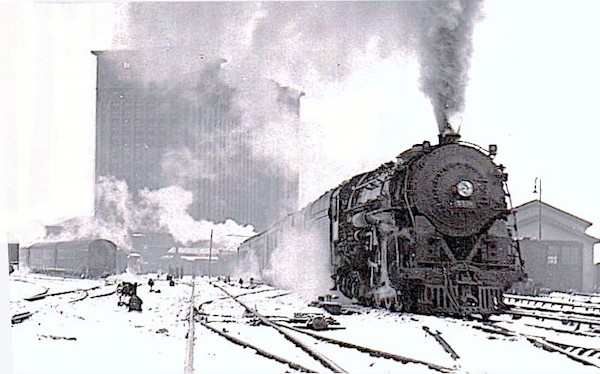 |
NYC's Twilight Ltd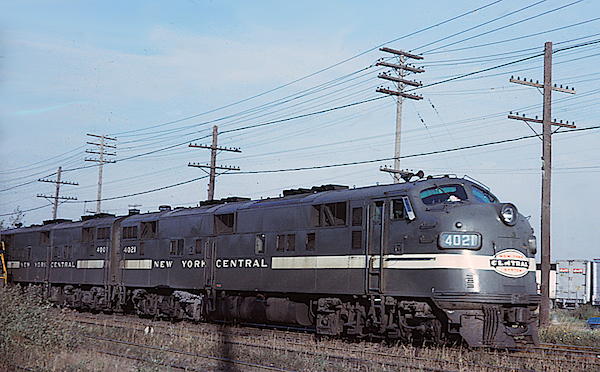 The Twilight Limited out of Chicago is running approximately 15 minute off the 10:15 a.m. advertied as it passes West Detroit (eight miles from MCS). The engineer of NYC #4021 has the controls in notch 8 in an effort to make-up for loss time. The morning train was reserved seating only in coaches and parlor car. (R. Craig photo) |
B&O's Ambassador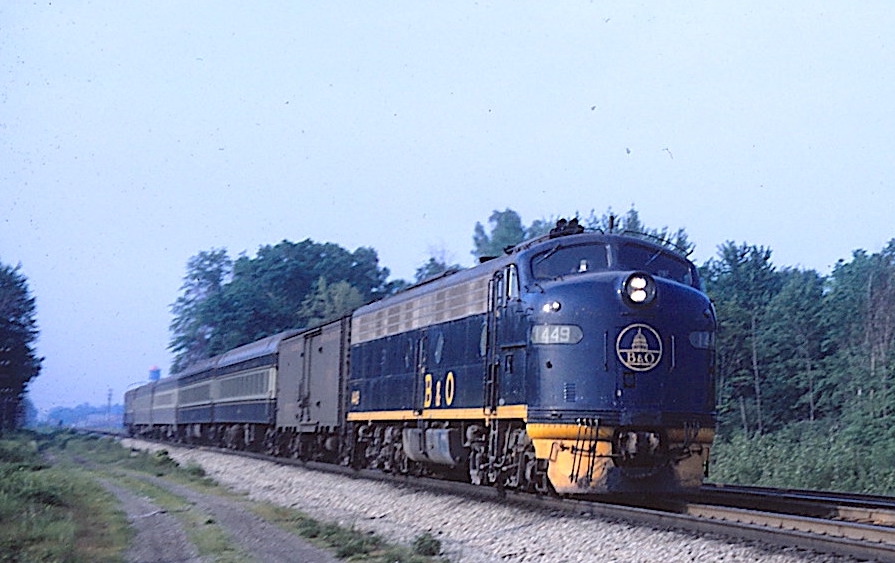 It is 3rd of May 1964, and B&O E8A #1449 has made the turn at Wayne Tower and leaves the junction barely visible in the rearview mirror while on NYC rails into MCS. Later in the month, the train will be renamed the Capitol Ltd and move to Fort Street Depot. (R. Craig photo) |
Canadian Pacific Extension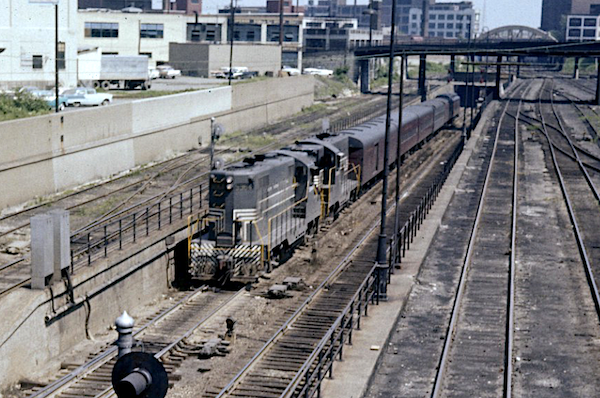 NYC GP9 #5964 and a companion geep exit the Detroit River Tunnel in the late 1950 with Canadian Pacific Train #21 from Toronto to Windsor, Ontario. The CPR train typically arrived early afternoon and forwarded shortly afterwards to MCS. (Robert Kaplan photo) |
Unique Fairbanks Power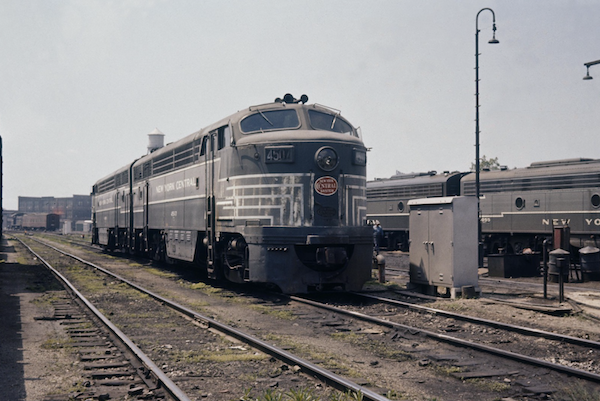 That same late 1950s afternoon, photographer Robert Kaplan caught a two-unit set of Fairbanks Morris-built passenger cabs. Rated at 2400-horsepower each, they are designated as CPA24-5s; the unusal aspect of the FM pair are the front 2-axle and trailing 3-axle trucks. |
Early Days Of Penn Central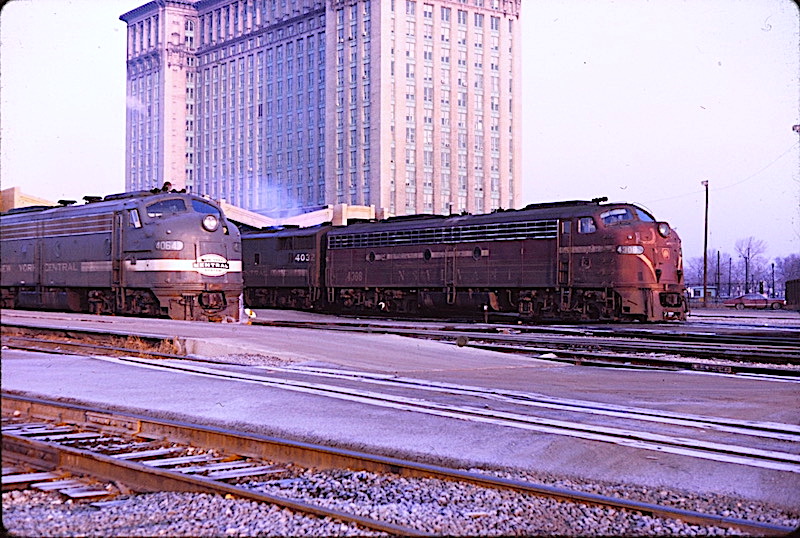 One year and a day after Penn Central's 1 February 1968 formation, three E-units stand center stage at Michigan Central Station: They include ex-NYC E8A & E7A 4064 and 4022 respectively, along with renumbered ex-Pennsylvania E8A #4308. (Ray Sabo photo / R. Craig collection) |
Amtrak Turboliner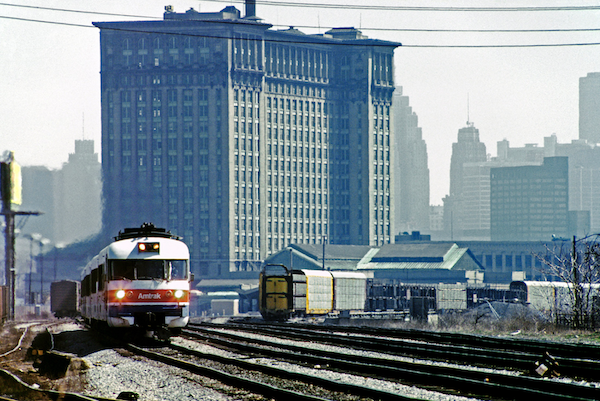 Amtrak's first batch of Turboliners were built by ANF in France and delivered during 1973. The gas-powered turbine train-sets were fast and modern; but they were also expensive to operate which led to their removal from service after only eight years. (Charlie Whipp photo) |
Acknowledgements: |
| New: 1 October 2023 | |